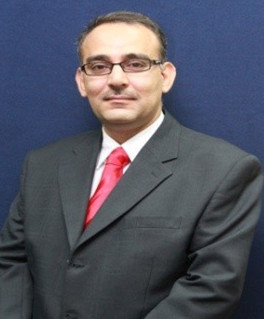Abstract—Microalgae have the potential to generate significant quantities of biomass and lipid suitable for biodiesel preparation. Heterotrophic growth of microalgae involves the utilization of organic compounds as sole carbon and energy sources under dark condition that could get rid of the dependence on light. In this work, lipid as biodiesel feedstock production from batch heterotrophic cultivation of freshwater microalgae Chlorella sp. KKU-S2 by using sugarcane thick juice hydrolysate as carbon substrate (SJH), different nitrogen source and concentrations, different concentration of carbon substrate were investigated. Among the nitrogen sources tested, yeast extract supported the maximum biomass while NaNO3 support the maximum lipid yield thus, with respect to the high lipid productivity, NaNO3 was selected as nitrogen source. Using 1.0 g/L of NaNO3 as inorganic nitrogen source, the maximum biomass yield of 11.60g/L with biomass productivity of 1.45g/L/d was obtained using 20g/L SJH. The maximum lipid yield of 2.55g/L with lipid productivity of 0.32g/L/d was obtained when 50g/L SJH was used. Maximum process product yield (YP/S) of 0.26was obtained when SJH concentration was 50 g/L.
Index Terms—Biodiesel feedstock, Chlorella sp. KKU-S2, heterotrophic growth, sugarcane thick juice.
Supaporn Kookkhunthod and Rattanaporn Baojungharn are with the Graduate School of Khon Kaen University, Thailand (e-mail: Supaporn.kookkhunthod.mam@gmail.com, birdjidrid@gmail.com).
Ratanaporn Leesing is with the Department of Microbiology, Faculty of Science and Alternative Energy Research and Development (AERD) and Fermentation Research Center for Value Added Agricultural Products (FerVAAP) Khon Kaen University, Khon Kaen 40002, Thailand (e-mail: ratlee@kku.ac.th).
[PDF]
Cite:Supaporn Kookkhunthod, Rattanaporn Baojungharn, and Ratanaporn Leesing, "Biodiesel Feedstock Production from Freshwater Microalgae Grown in Sugarcane Juice Hydrolysate," Journal of Clean Energy Technologies vol. 4, no. 4, pp. 262-266, 2016.


